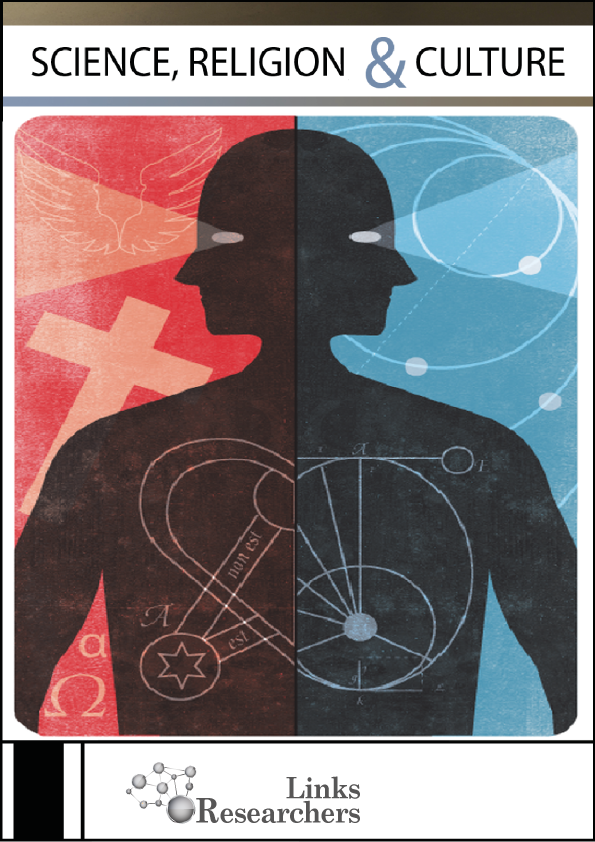Simple Markov Model for Estimating the Growth of Nonreligion in the United States
Simple Markov Model for Estimating the Growth of Nonreligion in the United States
John Stinespring, Ryan T. Cragun*
ABSTRACT
The authors develop a simple Markov model to forecast future rates of religious nonaffiliation. A two-period, two-variable Markov switching model is used which yields a tractable steady state solution and growth path for the share of the population that is nonreligious. The model setup and solution are shown to be both intuitive and determined by three parameter values. The authors illustrate its use by estimating these parameter values using biannual data from the 1973 to 2012 General Social Surveys (GSS). The parameter estimates from the first half of the GSS data series, 1973-1991, provide a good fit to the 1993-2012 data. Calibrating the model to the latter half of the data, 1993-2012, produces a forecast range of between 26% and 47% of the US population being nonreligious by the year 2042.
To share on other social networks, click on any share button. What are these?





